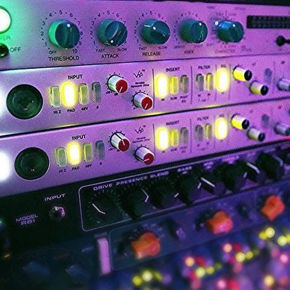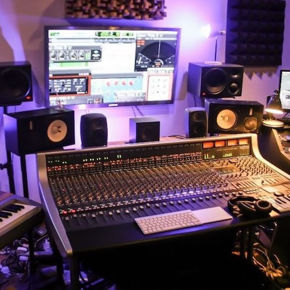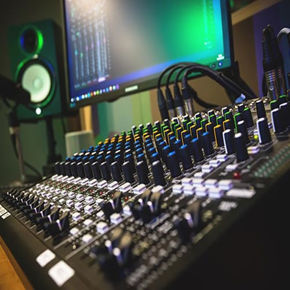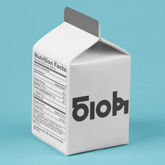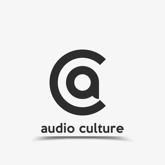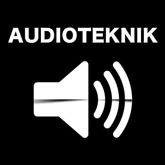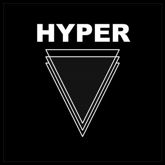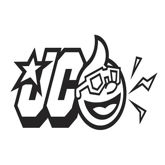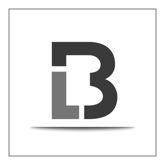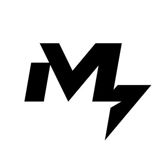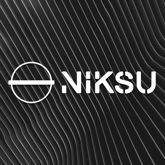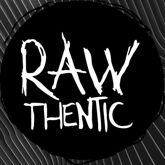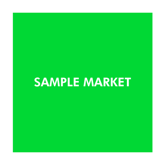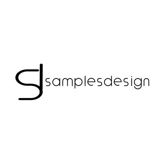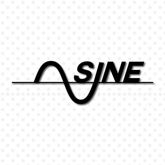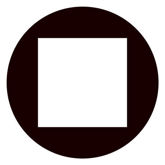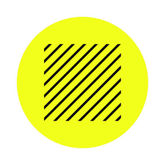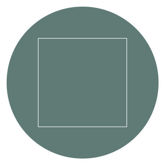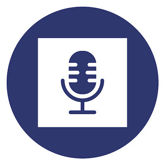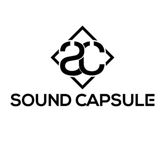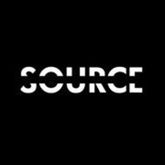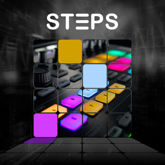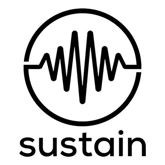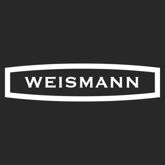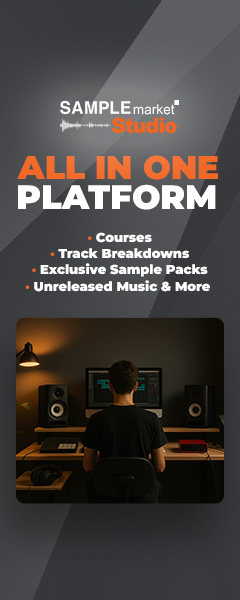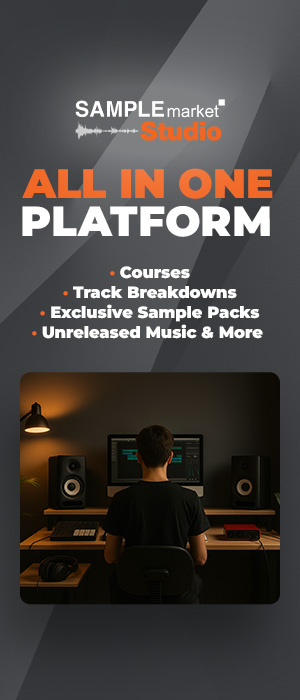Following the release of his sample pack, we caught up with Madvilla to discuss the process of creating the pack, his studio setup, and musical influences.
Can you start off by telling us a bit about your musical background and how you got started in the industry?
With half of my family being from Panama, the other half from Jamaica and myself being raised in California, I grew up listening to a very healthy variety of music. I first started to delve into music when I was like 13. I started playing guitar for about a year but ended up giving that up as I didn’t feel like I had the hand coordination to play properly. I was starting to get into electronic music around this age so shortly after quitting guitar, I started getting curious about music production. Coincidentally, a good friend of mine introduced me to FL studio and hooked me up with a copy on CD. I installed it on my laptop and from there started my real musical journey. I was on FL for a year and then moved onto Ableton and have been exclusively on Ableton since. I started off making the “electro-house” type of stuff from around 2009/2010 and soon ended up DJ’ing as a duo with a good friend of mine. I moved to the UK at the end of 2011 and was starting to get into proper House music around this time. I soon learned that the UK was the place to be for this and dived deep into the scene within a year of living here. I’d say my real music career started at this
Can you talk us through the process of creating your sample pack?
The aim of this pack was to create a library of unique sounds made with the hardware I’ve accumulated in my studio over the last couple years. My sound has evolved since I built my studio and I wanted to capture that in this pack. There are no recycled sounds in it, all sounds were produced and processed fresh and I’ve used techniques and tricks that were very ‘out of the box’. I started off by making the full drum loops, I then broke these out into stems and used these loops as the foundation to then create the synth and bass loops. After all the loops were created, I then extracted various one-shots from them as well as created new ones. I made sounds that were inspired by my various influences and cultural roots.
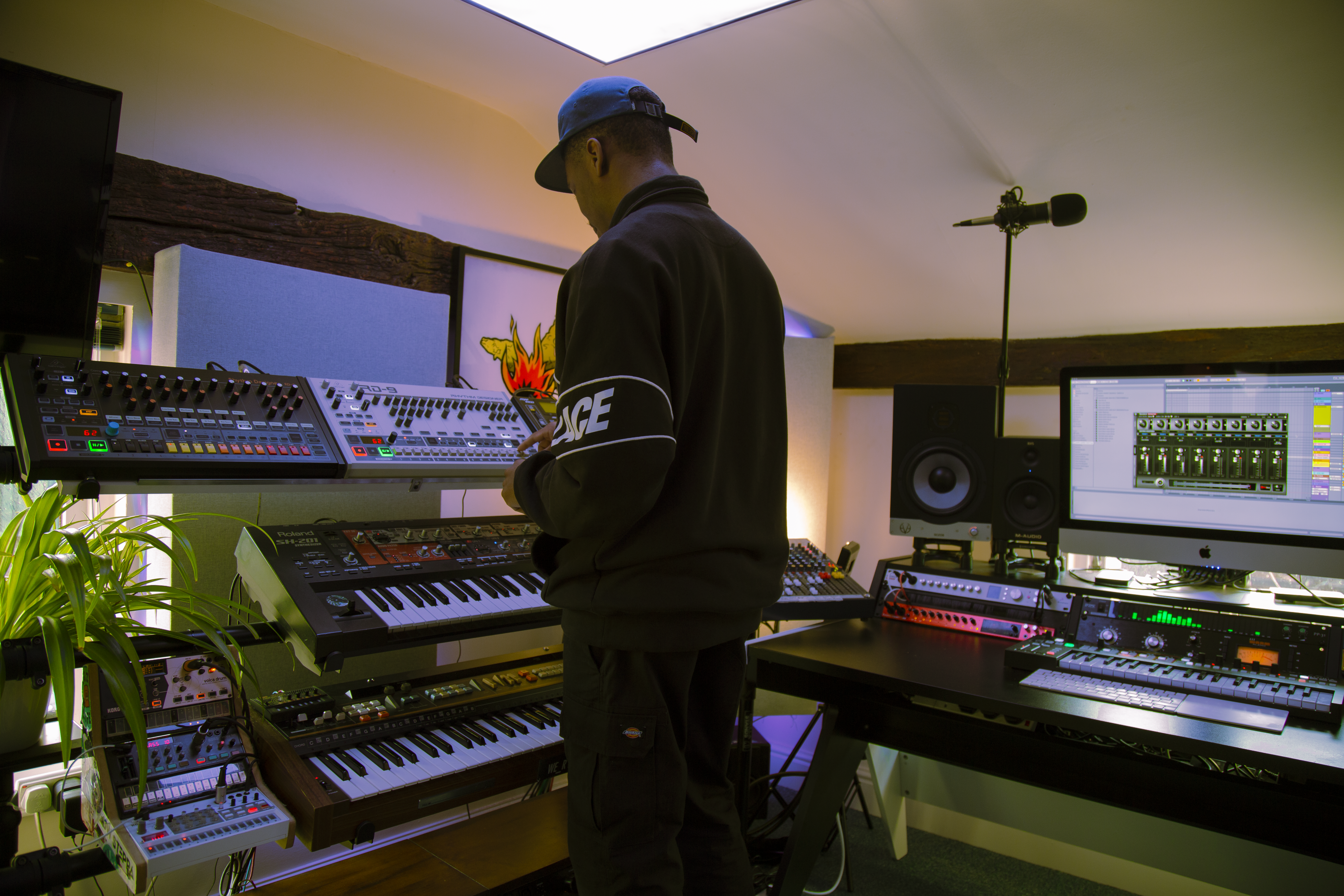
You have a great collection of hardware gear. How much did you try to incorporate these devices in your sample pack?
I incorported pretty much every single piece of hardware I have. Synths, drum machines, FX units, compressors, EQ’s. I dived deep into these tools and utilised them in ways that I haven’t done before and actually learned a lot of new tricks while making the pack. Software is incorporated as well of course, using Ableton as the main workstation and various plugins to edit and finalise the sounds before rendering them. Although I have various hardware units to utilise, there are specific things I can only achieve using certain software plug-ins so I try and make sure I get the best of both worlds.
Could you talk us through some of the gear that was used in creating these sounds?
I’ve got various analogue and digital hardware that have become a staple to my sound. Here’s a list of the gear used in the pack.
Drum Machines: Akai MPC 1000, Behringer RD8 Mk II + RD9 (808 and 909 clones), Korg Volca Drum, Korg Volca Sample
Synths: Sequential Take 5, E-MU Orbit, Korg Minilogue XD, Casio CT701, Roland SH 201, Korg Volca FM
Effects processors: Ensoniq DP/2, Lexicon MX300, SPL Optimizer, Warm Audio WA76, TLA Ivory VP5051
Pre-Amps/Converters: Antelope Audio Discrete 8 Synergy Core, Focusrite Clarett+ 8Pre
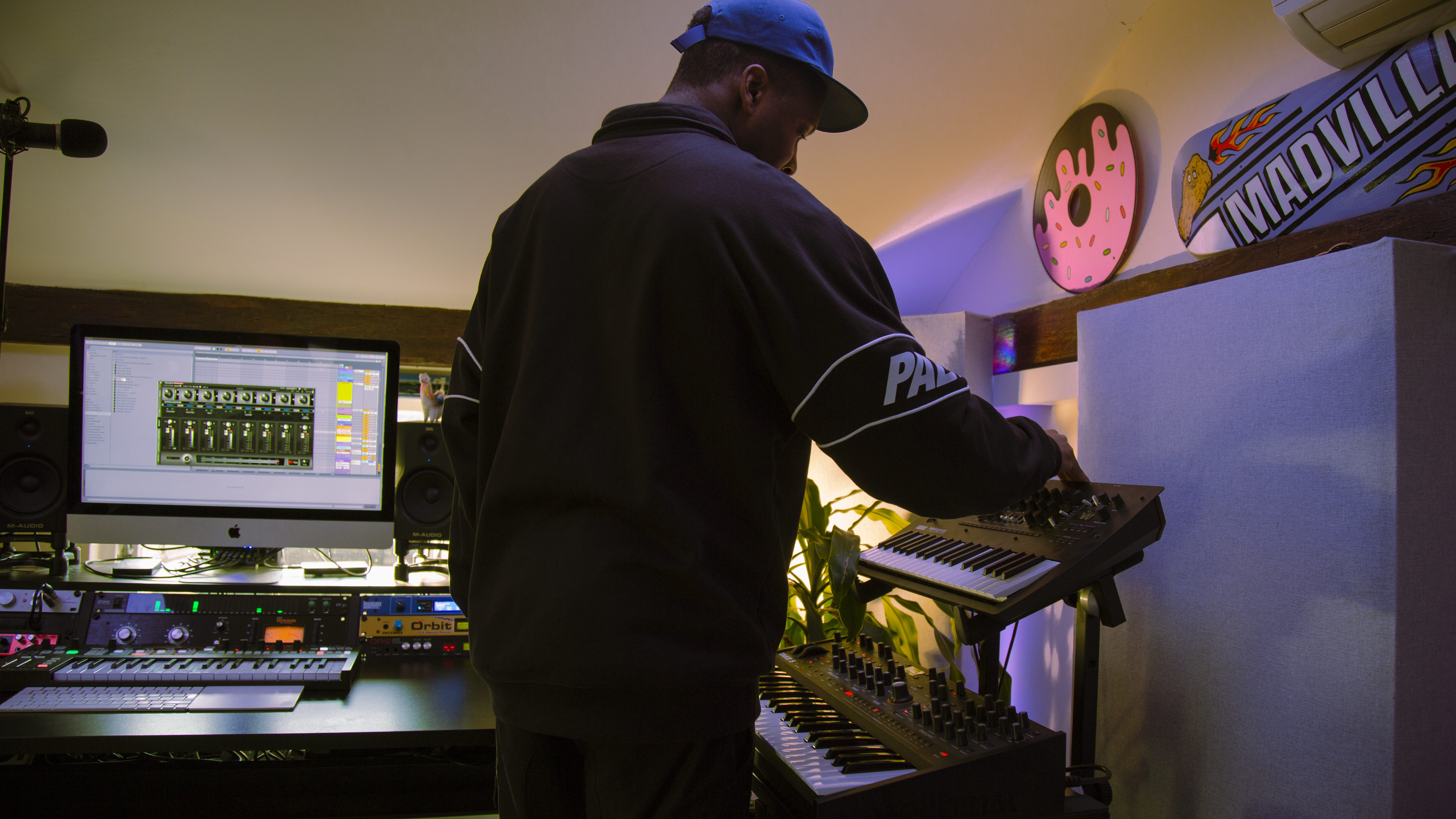
What are your favourite studio tools?
I got love for all the gear I have right now but my TOP favourite studio tools are the Ensoniq DP/2, Sequential Take 5, MPC 1000 and Casio CT701.
The Ensoniq DP/2 is the most unique FX unit I’ve ever owned and is super rare these days. It has a large selection of different FX like reverbs, delays, phasers, pitch shift, distortion, chorus and much more. What makes it unique is the way the algorithms are designed for each effect. For example, there is an algorithm that combines the Phaser with a DDL Delay and when you use both in tandem, it creates a super lush modulated delay sound that transcends you into another universe. I’ve tried to recreate this sound with plugins but could never achieve the same results. The DP/2 really hits the nail on the head for that true 90’s aesthetic.
The Sequential Take 5 is one of the more recent cops for the studio but instantly became a favourite. It has deep modulation capabilities that make its sonic palette extremely wide. It’s a very versatile synth, and although it may not have that classic Sequential/Dave Smith sound, it has its own modern sound that pays homage to its vintage predecessors and is equally large in its own right.
The MPC 1000 has been a staple in the studio from the beginning. I mainly use it for drums but also sequence other sounds with it. Programming the 1000 can be long-winded at times due to its outdated software, but this is what helped me to develop a more unique drum sound. The end result is something I can only achieve by going through that process. The sequences and loops I create on the 1000 are far more interesting than any other hardware/software tool I use and for that reason I make sure to use it on everything I do.
The Casio CT701 is a vintage organ keyboard from 1979, one of the earliest keyboards Casio made. I found it on Gumtree for £100 and after picking it up and playing with it, I realised the guy must have not known what he had. This one creates super lush organ sounds and is very rare. The sound is pure analogue and really has that vintage organ synth tone that is hard to get out of other synths. There’s no midi on it, so it forces me to actually work hard to perform good melodies rather than relying on midi sequencers.
What are your main musical influences, from past and present?
As a kid I listened to all sorts of music and also grew up being influenced by both my parent’s music taste as well as my older brother’s. Hip-hop, R&B, soul, reggae, dancehall, rock, punk. There were no limits. When I was a little older and started getting into electronic music, I was heavily into indie/electro type of stuff like Crystal Castles, Justice, Boys Noize etc. as well as other niche styles like fidget-house and that old Afrojack style of music. We called it ‘Dutch-house’ but I feel like that’s too vague now. When I was 16 years old, there was a disco house/nu-disco wave happening in California and that was the beginning of my transition into proper house music. By the time I moved to the UK and spent some time developing my sound, I realised I was most influenced by Chicago house and UK house & garage. So, my sound now is fusion of those core styles and elements of the influences I picked up as a kid/teenager.
Is there anything we should be looking out for in the future?
Yes, I’ve got some really tasty EP’s dropping over the next couple months which I’ll be announcing details for very soon. These are tracks I’ve spent a long time developing, so I’m really excited to finally be getting them out there. Some of it is also stuff that was freshly made in the last month or so. Got some very cool gigs coming up in the UK as well as overseas. The next one is in Manchester on the 1st of April with Darius Syrossian for his Moxy label. I’ll be testing out a lot of new concepts I’ve made over the last few months here. There are some cool collaborations in the works with some very dope artists as well as some more developments on my own Hot Wings label. All will be announced properly in due course!



